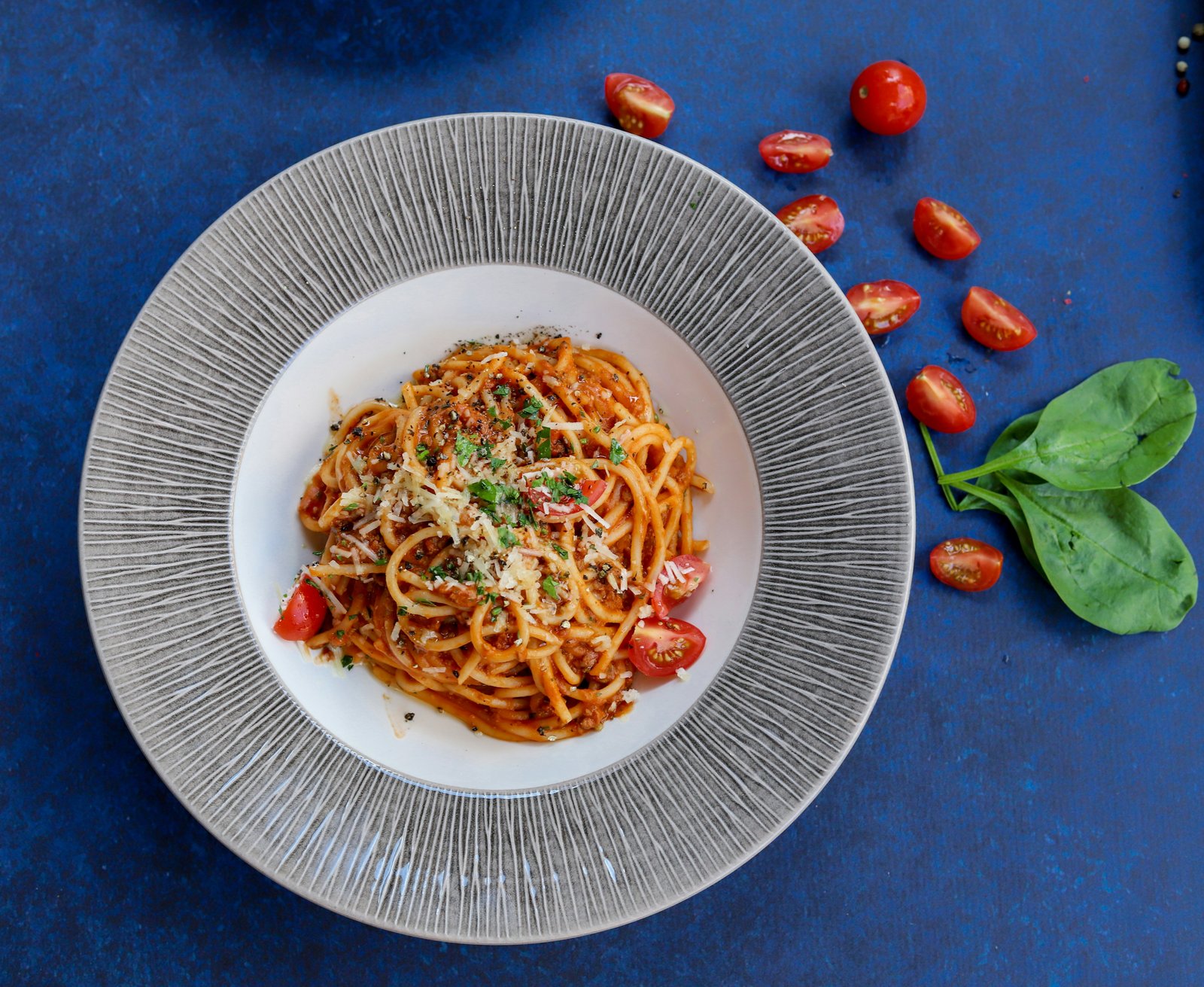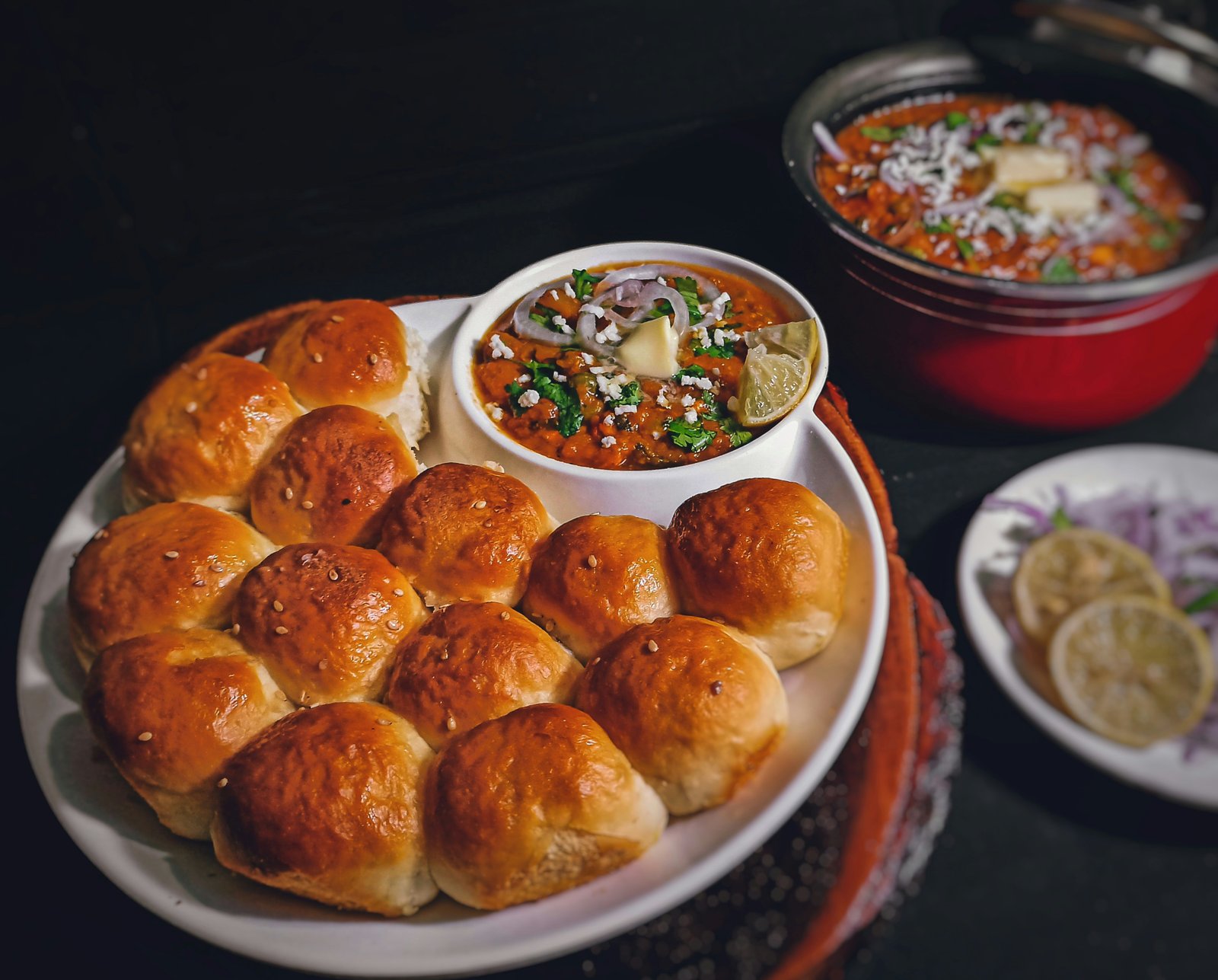The History of Indian Street Food and Its Modern Evolution

Indian street food is a vibrant tapestry of flavors, textures, and aromas that tells the story of India’s culinary heritage. For centuries, street vendors have been serving up delicious, affordable meals that reflect regional tastes and cultural influences.
Ancient Origins
The tradition of street food in India dates back to ancient times. Historical records show that during the Maurya Empire (322-185 BCE), vendors would sell ready-to-eat foods in urban centers. These early street foods were simple preparations like roasted grains, nuts, and fruits.
As trade routes expanded and new ingredients were introduced to the Indian subcontinent, street food evolved to incorporate diverse flavors and techniques. The Mughal era (16th-19th centuries) brought significant Persian influences, introducing kebabs, biryanis, and rich dairy-based desserts to India’s culinary landscape.
Colonial Influences
The British colonial period further transformed Indian street food. European cooking techniques and ingredients were adapted into the local street food culture. This period saw the birth of fusion dishes like the kathi roll in Kolkata, which combined Indian paratha bread with kebab fillings in a portable format that appealed to British officials on the move.
Regional Diversity
Today, Indian street food is incredibly diverse, with each region offering its own specialties:
- North India: Famous for chaat, chole bhature, and various types of kebabs and breads
- South India: Known for dosas, idlis, vadas, and filter coffee
- East India: Offers delicacies like jhal muri, ghugni, and momos
- West India: Home to vada pav, dabeli, pav bhaji, and farsans
Modern Evolution
In recent decades, Indian street food has undergone further transformation. Health-conscious consumers have driven vendors to offer lighter options and more hygienic preparation methods. The concept of “transparent cooking” that we pioneer at Kitchen on Camera is part of this evolution – bringing the authenticity and excitement of street food but with visible adherence to cleanliness standards.
Fusion street foods have also gained popularity, blending traditional Indian flavors with global cuisines. Think butter chicken tacos, masala pasta, or tandoori burgers. These innovations have helped Indian street food appeal to younger generations and international audiences.
Global Recognition
Indian street food has now gained worldwide recognition. Food tours centered around street food experiences are popular among tourists, and Indian street food concepts have successfully expanded internationally. The vibrant flavors, affordability, and vegetarian-friendly options have contributed to its global appeal.


The Future of Indian Street Food
As we look to the future, Indian street food continues to evolve while maintaining its cultural roots. Innovations in food technology, delivery systems, and sustainable packaging are helping street food vendors reach wider audiences. At Kitchen on Camera, we’re proud to be part of this evolution, bringing the authentic experience of watching your food being prepared – a hallmark of traditional street food vendors – into a modern, hygienic context.
The story of Indian street food is still being written, with each bite connecting us to centuries of culinary tradition while embracing the innovations of tomorrow.

